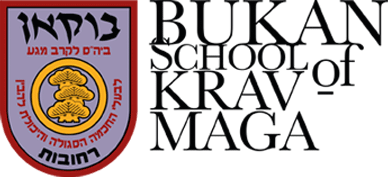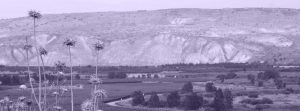In the summer of 1971, after the graduation ceremony of the first and historic Krav-Maga instructor training course, which was taught by Imi and with the full support of the Wingate Institute, the old teacher came to talk to me. He said there are two extremely important things for Krav-Maga today: The first is to train more and more new instructors to spread the word. And second, that everyone would learn the names of techniques and movements in Hebrew.
Krav-Maga as a martial art has really gained worldwide recognition, a direct result of the work of hundreds of instructors who have been qualified over the years. However, only a few today outside Israel teach Krav-Maga in their original language, the language of Imi – The Hebrew.
Imi fluently mastered several European languages, but despite living for many decades in Israel, he never managed to make Hebrew his dominant language. The Hebrew who spoke, though accurate, was sometimes a little odd and it was not uncommon to hear one of his students correcting him in some word. But when he was teaching us the names of the techniques, Imi’s Hebrew became clear and safe. Even if every now and then he gave an unexpected name to some exercise, Imi always had an answer ready for us: “I speak Hebrew that I understand myself,” he would say, ending any discussion.
By the name given by Imi to each technique, the student can understand how the exercise should be applied. For some strokes and movements, Imi even created Hebrew names that did not actually exist in the Hebrew language, but over the years became inseparable part of the language, such as: Makat Zirtit, Karit Kaf Haregel etc. Most martial arts today originate in the East, Japan, China, Korea, and each art strictly preserves the names of exercises in their original language: Judo in Japanese, Kung Fu in Chinese, and Ta-Kwan-Do in Korean.
This allows for international meetings between people of different languages and nationalities, who can thus train together without any difficulty. Only in Krav-Maga is there a situation in which the names of the techniques have been translated according to the local language in which they are taught. This reality is wrong not only because of its worldwide effects, but also because the translation of the names, as I have seen and heard many times and in many places, is not similar, express, nor explain the exercise as Imi created it. and so everyone loses out. Tradition is an important part of any martial art, and it is time for the same in Krav Maga. It is not enough to hang a picture of Imi on the wall and salute him, when there is no real intention behind it. Respecting and honoring Imi means understanding his spirit and that of the martial art he created.
Wherever I arrive, I always teach Krav Maga in its original language, according to a special method that I have developed and always successfully completed. Even if at first it may seem a little difficult, but after a while students begin to appreciate and gain a unique sense of solidarity.
It would be my pleasure to help anyone interested in knowing how Krav-Maga can be taught in Hebrew.
Grand Master Yaron Lichtenstein


